China vs. Taiwan
1956 - ongoing by 2011
Core issue: For the Peoples republic of China, the core issue has been the reunification of China under the communist rule. For Taiwan, the core issue evolved over time into the question over independence
Type of conflict ending: Conflict ongoing by 2011
Relations between China and Taiwan have been confrontational since 1949 with the establishment of the People's Republic of China and the Republic of China on Taiwan at the end of the Chinese Civil War. For the People's Republic of China, the core issue has been the reunification of China under communist rule. For Taiwan, while the core issue was originally about reunification, this softened over time and evolved into an independence movement.
The two governments did not stop flighting following the Chinese Civil War as they both planned for the defeat of the other and eventual reunification. The fighting was carried out in military attacks such as the Battle of Hainan Island in 1950, the Kuomintang Islamic insurgency in China, and the First Taiwan Strait Crisis in 1954. The fighting ceased when the two leaders were brought together by the Bandung Conference. This was a change in the relationship between the two powers, Beijing changed its positions on Taiwan to "peaceful liberation" and for the first time open negotiations took place. While a peace treaty was never signed, and the two governments remained technically at war, there was some progress towards normalizing relations on a political level.
The frozen conflict was heavily influenced by the United States, as an ally and protector of Taiwan, and this would shape the military interactions between Taiwan and China. The Second Taiwan Strait Crisis of 1958, which restarted the direct conflict between the two governments, is an example of this. The crisis was started by Mao Zedong, possibly to strengthen his own internal power, or possibly as a way to test US resolve. The US supported Taiwan militarily, but were eager to end the conflict quickly to prevent escalation. The United States pressured Taiwanese leader, Chiang Kai-shek, into a more peaceful policy towards the mainland that would remove a pretext to retake the mainland by force.
Following the end of the Second Taiwan Strait Crisis, the relations between Beijing and Taipei remained hostile. The Cold War period meant that tensions remained high, and the military buildup was extensive on both sides of the strait. The US heavily influenced this arms race, as there was consistent debate in Washington about Beijing's ability to launch a surprise attack on the island. Despite the outside pressure and military tension, there was an increase in economic and cultural ties between China and Taiwan beginning in the 1980s.
In 1987, the travel ban was lifted, making it possible to travel from Taiwan to the mainland. This meant an increase in trade and investment from Taiwan into the mainland as well as cultural connections and marriages. This development culminated with a proposition in 1995 by Chinese leader Jiang Zemin to end hostilities. The temporary positive relations did not last long and quickly escalated into the Third Taiwan Strait Crisis with China carrying out missile tests and the United States holding military exercises in the region. This change in relations was partly due to Taiwan's move to seek international recognition, including a position in the UN.
In the 2000s, China's position on Taiwan remained unchanged, with a warning of military intervention if any independence movement was started in Taiwan. The philosophy of Chinese territorial integrity was important for political and military leaders in Beijing, and in 2005, it became codified into law with the Anti-Succession Law. The law envisioned a non-peaceful intervention in the event of any formal declaration of independence. Leaders in Taipei preceived the law as a direct threat, and military spending increased in Taiwan until 2008.
As of 2008, relations began to improve between both states. Despite not recognizing the authority of the other, they were able to hold high level talks with intermediary organizations. Taiwan is represented by the Straits Exchange Foundation (SEF) while China uses the Association for Relations across the Taiwan Strait (ARATS). These talks display the most positive developments in relations between Beijing and Taipei, however, the inability to recognize the other's authority, combined with consistent high-level military deployment by both sides, indicates that the frozen conflict was not resolved as of 2011.
Sources
Chen, C.-K., 2014. "China-Taiwan Relations Through the Lens of the Interaction Between China's Association for Relations Across the Taiwan Straits and Taiwan's Straits Exchange Foundation", East Asia, 31 (3), 223-248.
Kastrati, B., 2015. "Taiwan strait dispute", SEEU Review, 11 (2), 69-79.
Li, C., 2011. "Conflict of Interest and Value: An Analysis of Negotiations between Taiwan and China, 1992-1998", International Negotiation, 16 (2), 249-273.
Li, R., 1996. "The Taiwan Strait Crisis and the Future of China-Taiwan Relations", Security Dialogue, 27 (4), 449-458.
Qimao, C., 1996. "The Taiwan Strait Crisis: Its Crux and Solutions", Asian Survey, 36 (11), 1055-1066.
Xiao, R. and Lin, H.-T., 2018. "Inside the Asian Cold War Intrigues: Revisiting the Taiwan Strait Crises", Modern Asian Studies, 52 (6), 2109-2136.
Zheng, S., 2010. "Ethnic Peace in the Taiwan Strait", Journal of Chinese Political Science, 15 (4), 413-433.
